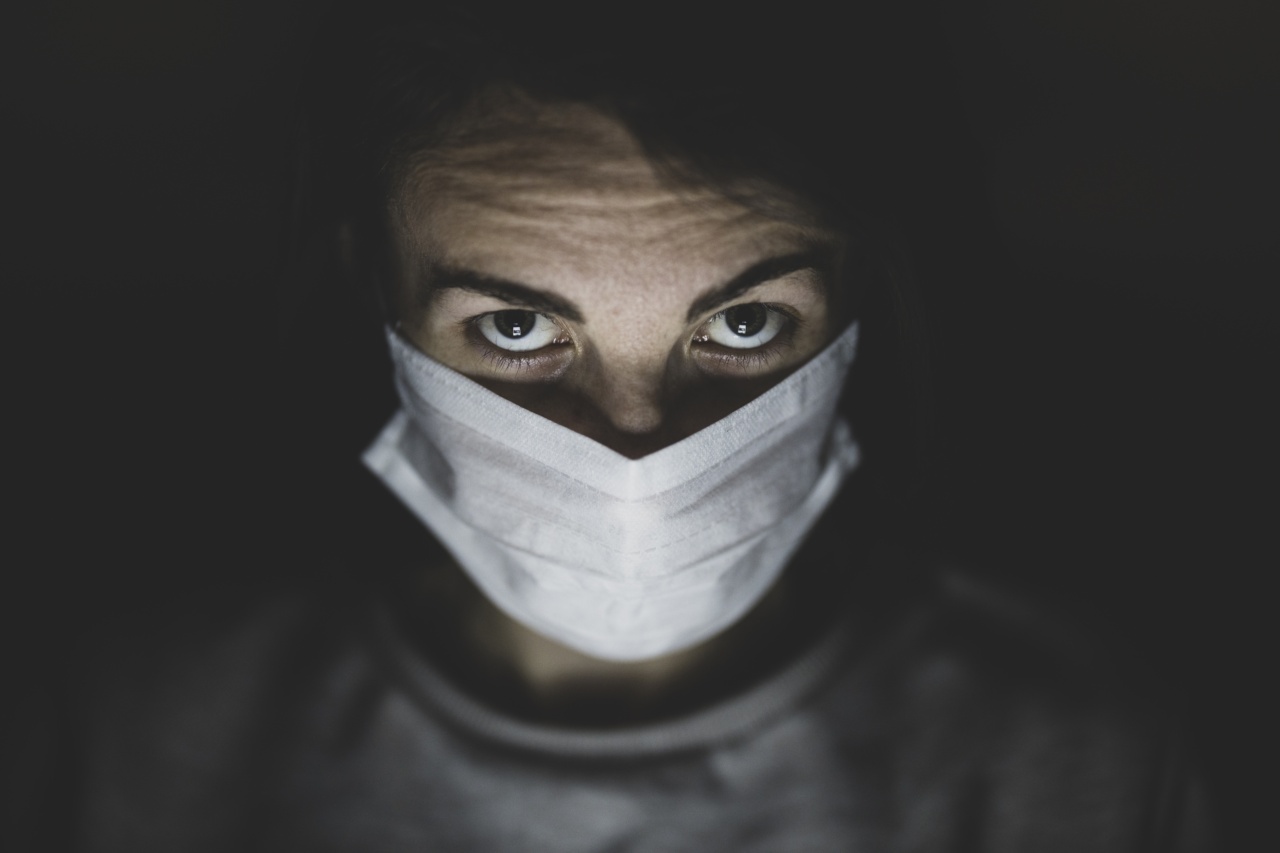Anaphylaxis is a severe allergic reaction that can be life-threatening if not treated promptly. It is a sudden and severe immune system response to an allergen, which can affect different parts of the body at once.
Anaphylaxis can happen to anyone, regardless of age, gender, or ethnicity. Here’s what you need to know about anaphylaxis, its symptoms, triggers, and prevention.
Symptoms of Anaphylaxis
Anaphylaxis can cause a range of symptoms, from mild to severe. The symptoms usually appear within minutes to hours after exposure to an allergen. Some of the common symptoms of anaphylaxis include:.
- Hives, itching, or swelling of the face, lips, tongue, or throat
- Difficulty breathing, shortness of breath, or wheezing
- Chest tightness, coughing, or throat closing
- Nausea, vomiting, or abdominal cramps
- Dizziness, lightheadedness, or fainting
- Rapid heartbeat or low blood pressure
- Confusion, anxiety, or a feeling of impending doom
If you experience any of these symptoms after exposure to an allergen, seek emergency medical attention immediately.
Triggers of Anaphylaxis
Anaphylaxis can be triggered by a variety of allergens, including:.
- Food allergens, such as peanuts, tree nuts, shellfish, fish, milk, eggs, and soy
- Insect venoms, such as bee stings, wasp stings, and fire ant bites
- Medications, such as penicillin, aspirin, and antibiotics
- Latex, such as gloves, condoms, and balloons
- Exercise-induced anaphylaxis, which can occur during or after exercise in people who have eaten certain foods or taken certain medications
- Unknown causes, or idiopathic anaphylaxis
It’s important to identify your triggers and take steps to avoid them.
If you have a known allergy, carry an epinephrine auto-injector at all times, and make sure that your family, friends, and coworkers know how to use it in case of an emergency.
Prevention of Anaphylaxis
The best way to prevent anaphylaxis is to avoid exposure to your triggers. Here are some tips to help you reduce your risk of anaphylaxis:.
- Avoid food allergens and read food labels carefully
- Wear gloves and protective clothing if you are allergic to latex
- Keep insect stings and bites to a minimum by avoiding brightly colored clothing, using insect repellents, and staying indoors during peak mosquito and bee hours
- Inform your healthcare providers about your allergies, especially if you are about to undergo a medical procedure or surgery
- Carry an epinephrine auto-injector at all times and make sure that your family, friends, and coworkers know how to use it
- Consider getting allergy testing to identify your triggers
Anaphylaxis can be scary and life-threatening, but with proper education, prevention, and treatment, you can learn to live with it safely.































